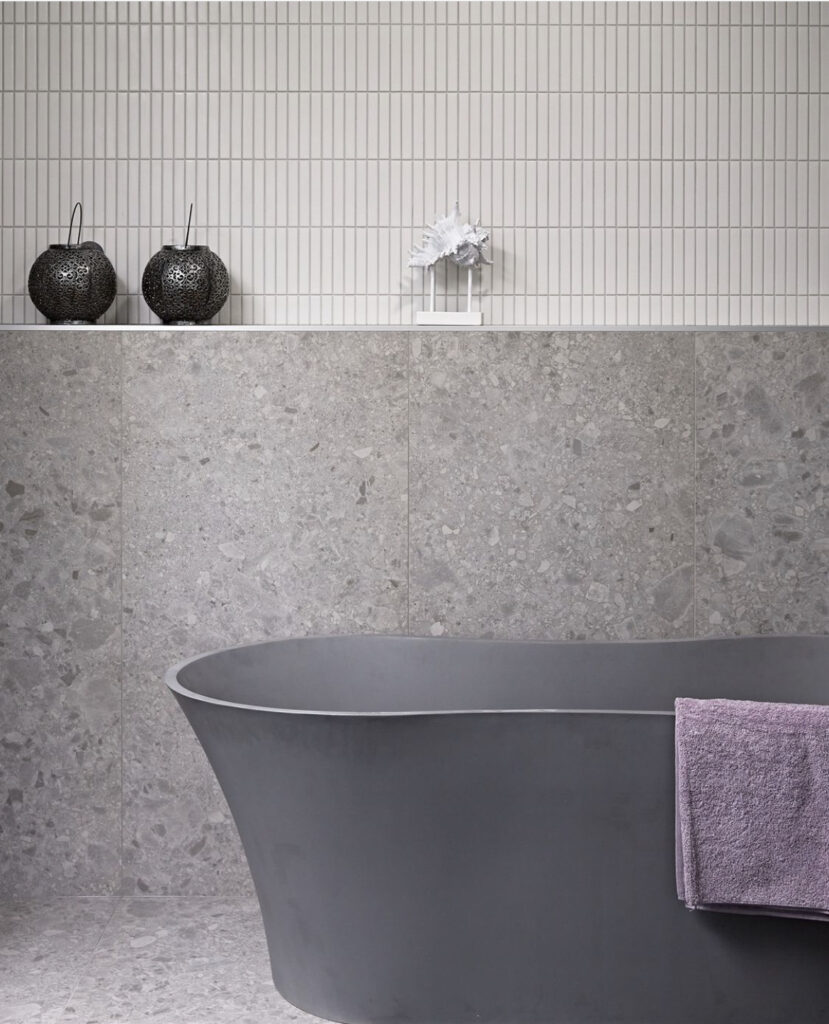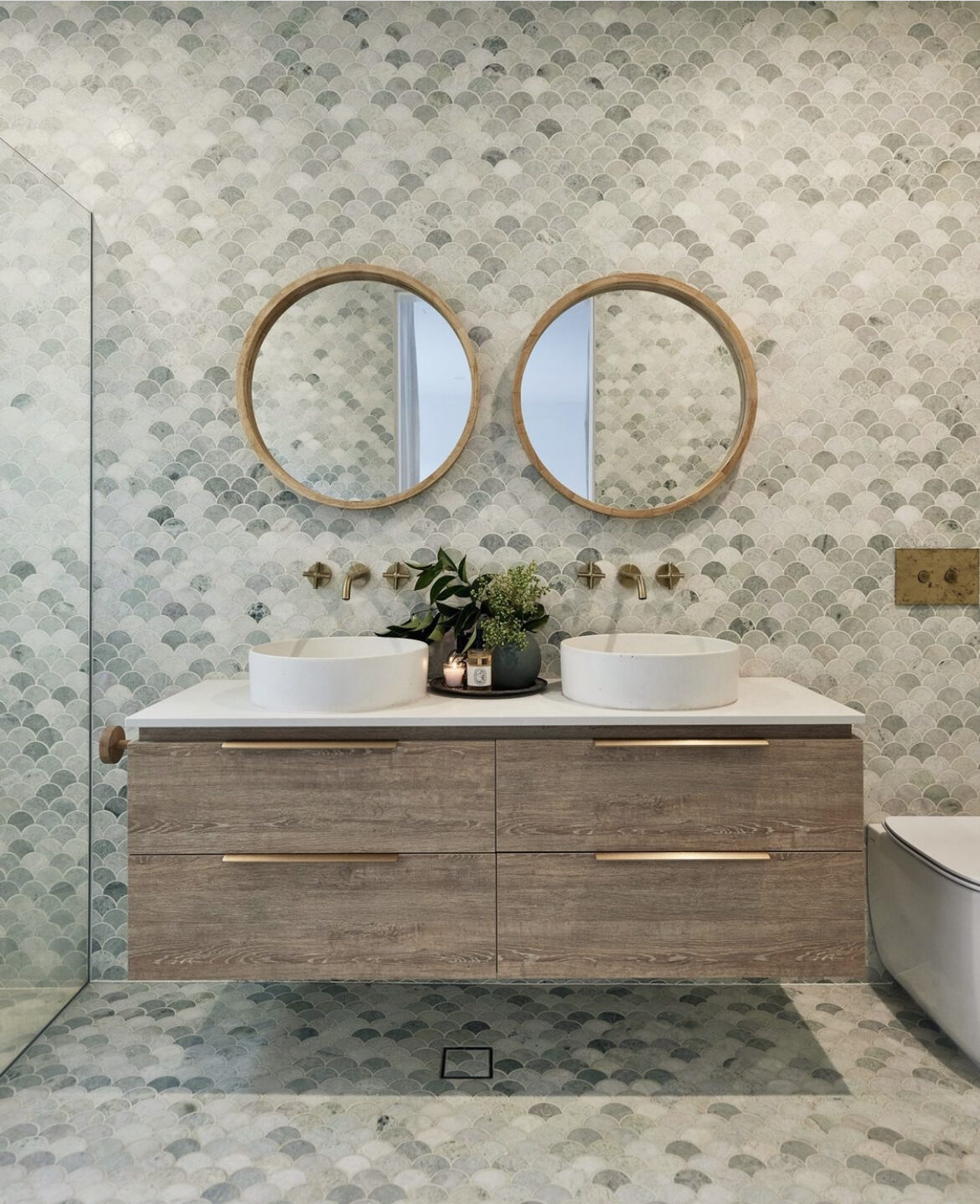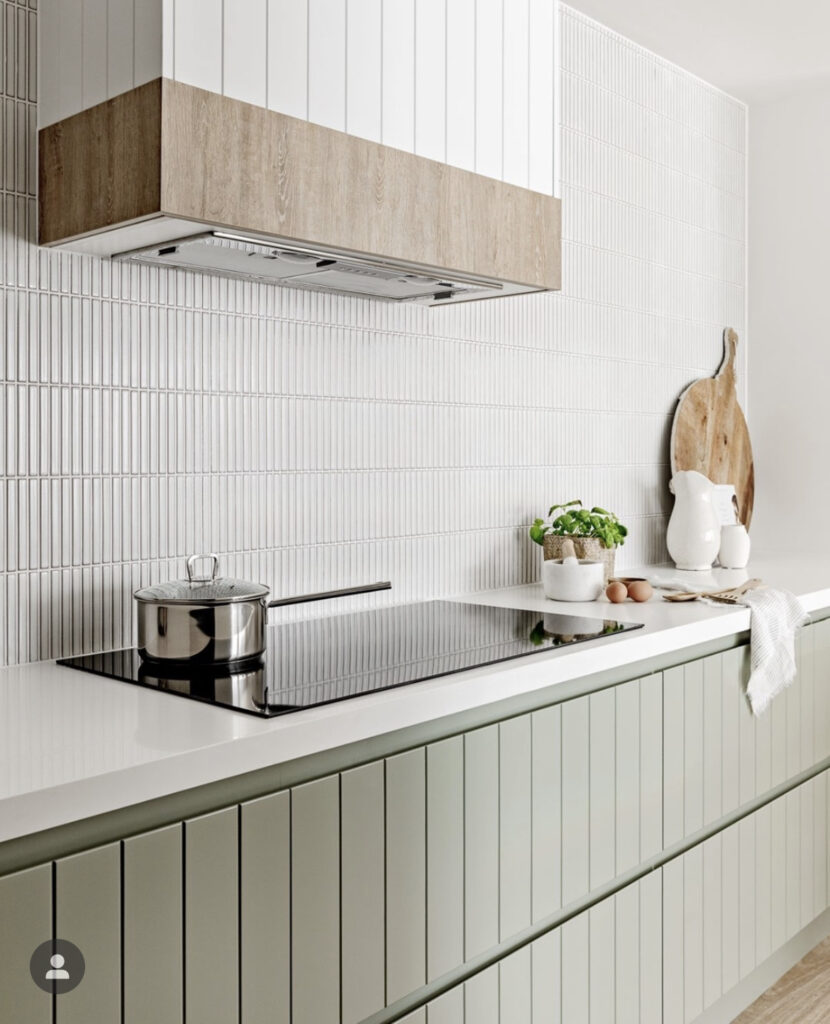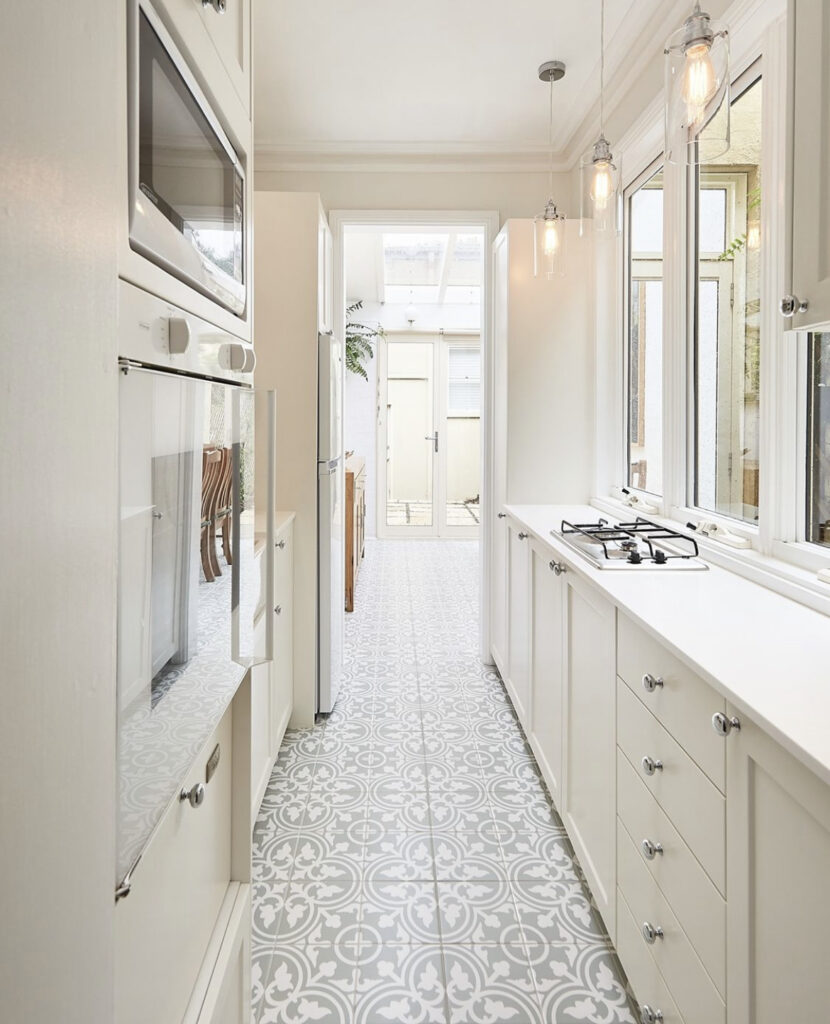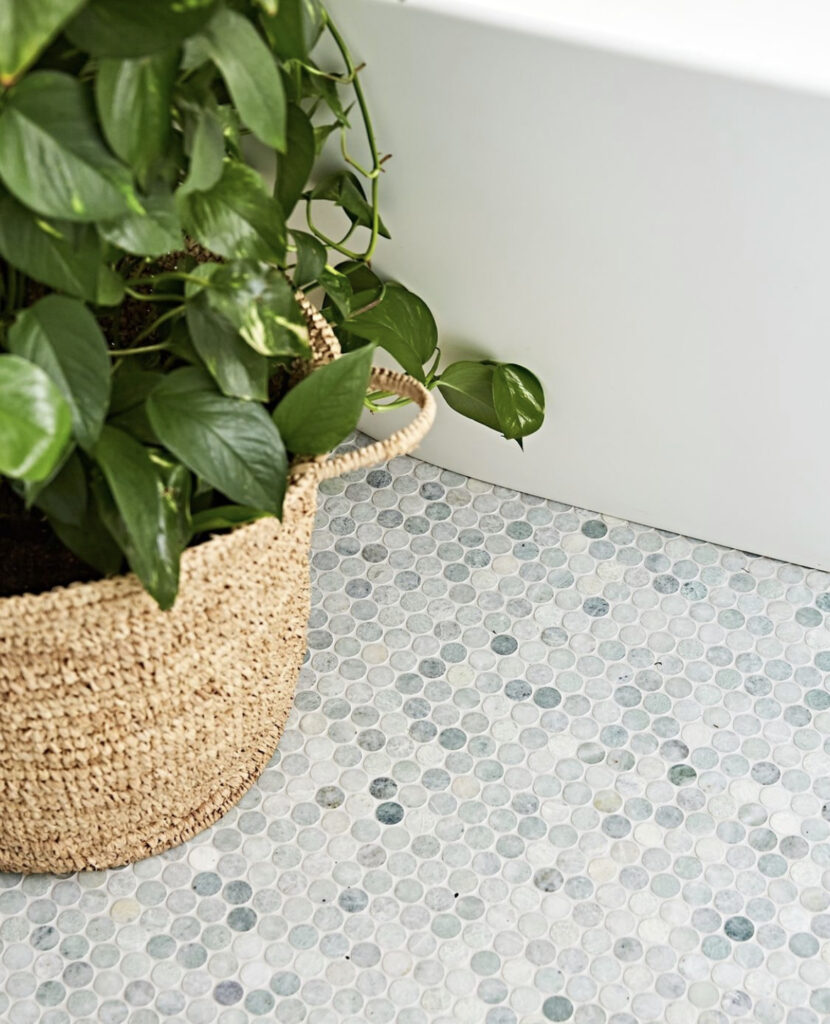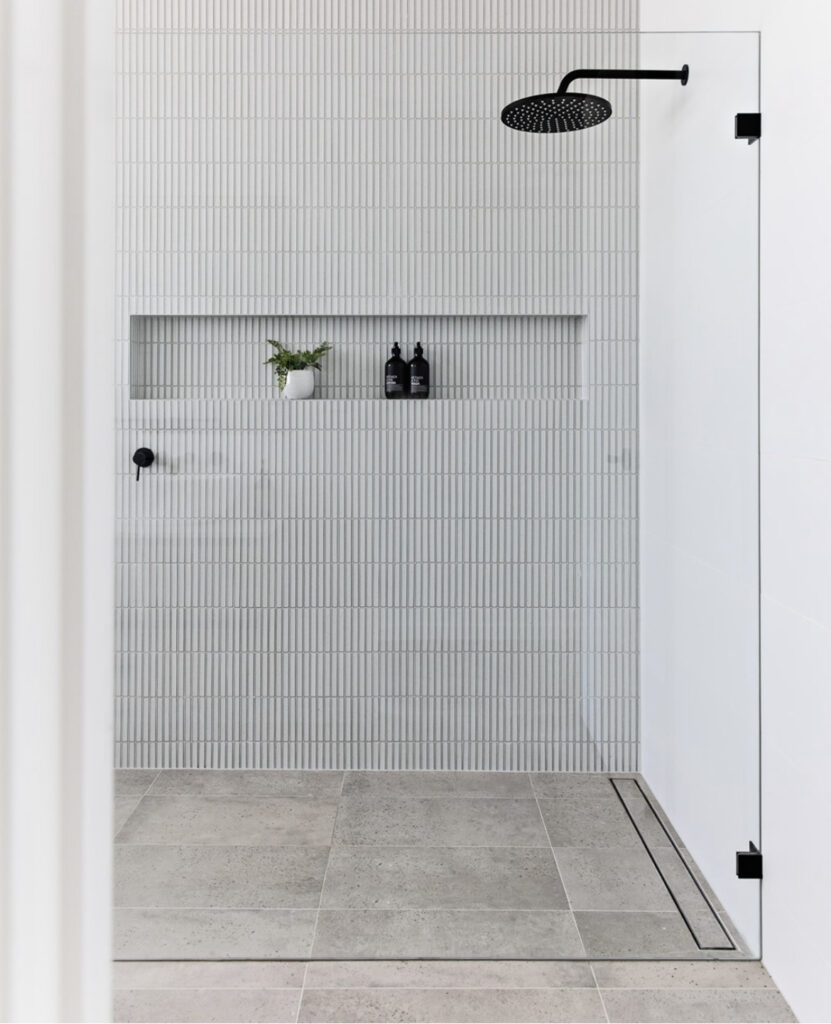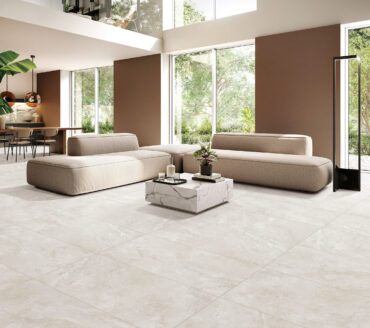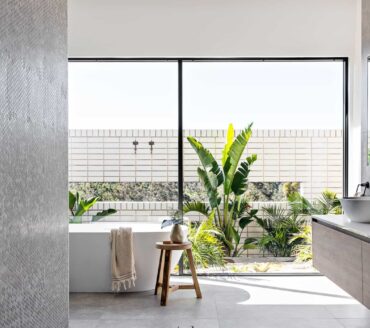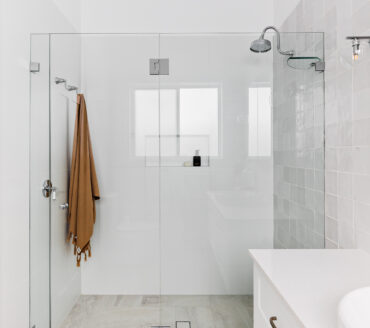Both ceramic and porcelain tiles are produced the same way, but the difference can be attributed to the pressing and firing process which renders the porcelain tile a superior product. Porcelain tiles are denser, harder wearing and less porous, with a very low absorption rate of under 0.05% compared to ceramic absorption rate of 5% or less.
Porcelain tiles are generally not glazed over and colour runs right through them to be polished, honed or produced in a natural finish. Ceramic tiles on the other hand are almost always finished with a durable glaze which carries the colour and pattern.
As porcelain tiles do not have this protective glaze, most of these tiles require special maintenance.
Porcelain tiles can be used in almost any internal and external application and are available in many finishes and sizes in the same series and colour formats. A high percentage of new home buyers and renovators will choose a porcelain tile due to its strength and beauty.
Ceramic tiles are low maintenance, are available in an endless colour range and are produced at a low cost. They are more suitable for use in domestic areas although chips may be noticeable due to the interior of the tile being coloured differently.
A hybrid option is to have a glazed porcelain tile which is popular for time-conscious builders and home owners. If you are a Sydney or NSW resident looking for ceramic tiles, contact ColorTile for service and advice.
